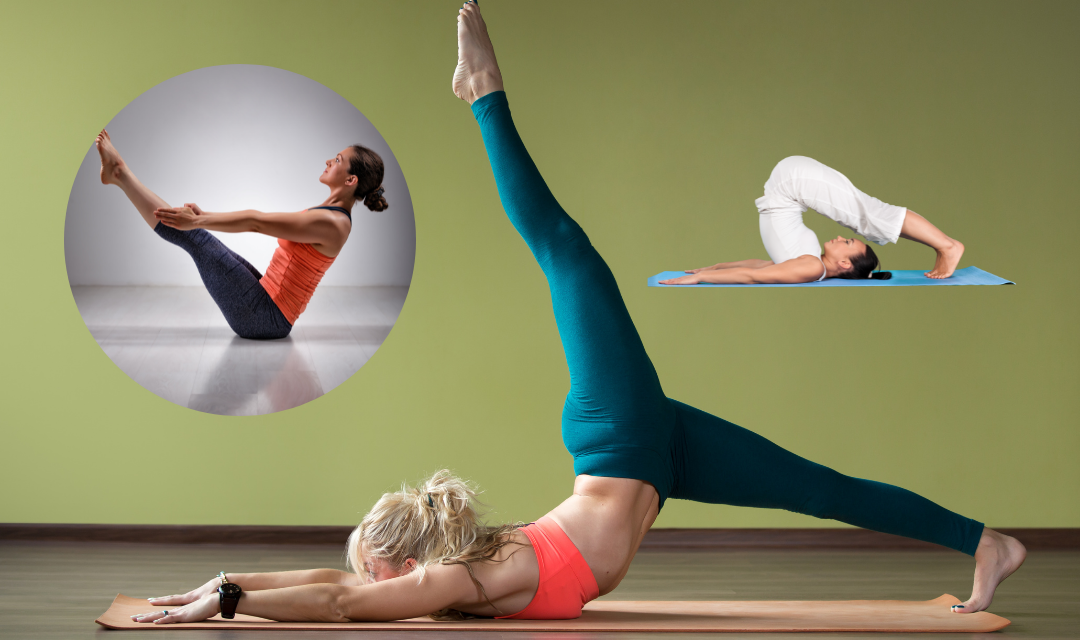
Ashtanga Yoga traditionally is the eight-limbed practice introduced by Lord Patanjali. These are the eight principles of life mentioned in Patanjali Yog Sutra which are the path towards achieving the state of samadhi or enlightenment.
These eight limbs or principles are described as mentioned below:
Yama: Refers to the discipline of practices that are primarily concerned with the world around us and our interaction with it. This builds a great level of strength both on and off the mat. if we can learn to be kind, truthful and use our energy in a worthwhile way, we will not only benefit ourselves with our practice, but everything and everyone around us.
Niyama: Refers to the discipline of practices that are related to our own selves. The prefix Ni here refers to “inward” or “within”. This includes the discipline relating to cleanliness, contentment, burning of desire, self-study, and surrender to the cosmos.
Asana: This refers to the physical aspect of Yoga and it doesn’t refer to any fancy postures that we do for social media these days. Lord Patanjali refers to asana as “Sthira Sukham Asana” which means a posture where one finds stability and least discomfort. Asana is never meant to be difficult, but a space where one finds his/her level of comfort.
Pranayama: The word Prana means the vital energy and life force. It is described as the very essence of life that keeps us alive. This is a practice where we find awareness of our breath which is an involuntary action that happens within us throughout the day. This word is broken down as “Prana- Ayama” which translates as “Freedom of breath” or “Breath expansion” or “Breath Liberation”. Each way of breathing will change our state of being, but it is up to us if we wish to consider this as control over our breath or freedom of choosing the way we wish to breathe.
Pratyahara: This word in a literal sense translates as “Sense of Withdrawal”. This refers to Yogis or high-level practitioners who meditate and find this sense of withdrawal from everything that is distracting them from doing their activities in the present moment.
Dharna : This adds to the above limb where the focus concentration is practiced once the pratyahara or sense of withdrawal becomes a part of life and an effortless way of life. Dharna translates as Holding or maintaining something. Tratak, and breath meditation are some of the great ways to practice Dharna
Dhyana : This refers to meditative absorption when we become completely absorbed in the focus of our meditation, and this is when we’re really meditating. Meditation is not something that can be taught, The courses will only teach you the techniques offered to help get into this meditative state. Meditation is not something that can be done by setting an intention rather it is a spontaneous action that happens once practiced well. For example when one is 100 percent involved in doing something that is also considered a meditative state.
Samadhi : This is the final step of the journey as per Patanjali Yog Sutra also referred to as the Bliss or enlightenment
What is Ashtanga Vinyasa?
Based on these principles, Pattabi Jois came up with a flow where the set of Hatha postures are put together to transition from one posture to another. Vinyasa means movement with breath and so Ashtanga Vinyasa emphasizes a lot on the importance of breath while moving through the postures. This dynamic practice is not only physically challenging but also demands a lot of attention, focus, and presence of mind to find stability and comfort in the postures.
Below are some of the many practices of Ashtanga Vinyasa Yoga
- Builds strength
- Improves concentration
- Calmer mind
- Reduces anxiety and stress
- Promotes healthy eating
- Helps in meditation
Ashtanga Yoga at Vinyasa Yoga Ashram
The 200-hour and 300-hour teacher training course in Vinyasa Yoga Ashram cover both philosophical, as well as Asana, practice of Ashtanga Yoga. Below are some of the highlights that are covered:
- Ashtanga Yog Philosophy from Patanjali Yog Sutras
- Vinyasa Counts for each posture
- Primary and intermediate series as per the course that you choose
- Detailed session on Alignment of each posture
- Yogic breathing techniques.
- Applied Yoga anatomy
- Adjustments of key postures from Ashtanga Yoga
- Opening & closing prayers
- Meditation and its importance
Come join us in our upcoming batch of Yoga teacher training courses in Rishikesh and enjoy this beautiful Yogic journey with us.
100 hour yoga teacher training course
200 hour yoga teacher training course
Recent Posts
- Yoga for Pregnant Women
- Yoga for Beginners at Home
- Chair Yoga for Seniors
- Sun Piercing Breath (Surya Bhedi Pranayama)
- Do You Need to Be Flexible to Start Yoga?
- Swooning Breath Yoga (Murcha Pranayama)
- Cooling Breath (Sheetali Pranayama)
- Sheetkari Pranayama: Feel The Calm In Daily Yoga
- Yoga for Every Body: A Beginner’s Guide to Wellness
- An Expert’s Guide to Yoga Philosophy

